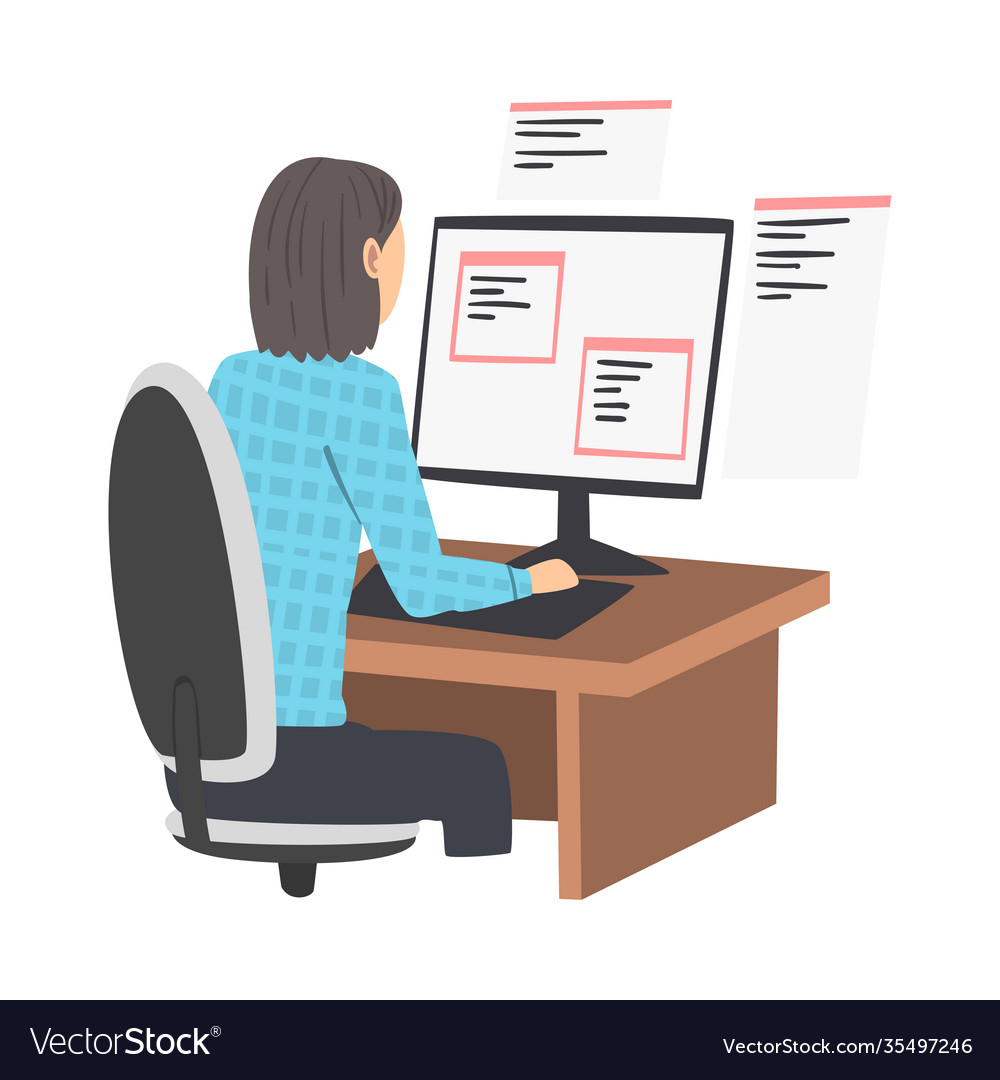Why Choosing the Right Software Development Partner Can Change Your Project
Why Choosing the Right Software Development Partner Can Change Your Project
Blog Article
Committed Developers vs. In-House Teams: Which Is Right for You?
The decision in between using dedicated programmers and maintaining an in-house team is a considerable one that can impact the trajectory of your jobs and general service method. Alternatively, internal teams add to a cohesive business culture and a nuanced understanding of long-lasting objectives.
Recognizing Committed Programmers
The expanding demand for specialized skills in the technology sector has actually resulted in the introduction of devoted developers as a viable solution for several companies. These experts are usually acquired on a job basis, permitting companies to leverage details proficiency without the lasting commitment connected with permanent hires. Devoted developers are frequently ingrained within a client's team, providing adaptability and scalability to satisfy job demands.
This design allows companies to access an international ability pool, which is especially helpful in a swiftly progressing technical landscape. Devoted programmers can be sourced from numerous geographical places, guaranteeing that business can discover the ideal ability at competitive prices. They often bring a wide range of experience and knowledge, having serviced varied projects across various industries.
Additionally, devoted programmers can focus solely on the jobs available, boosting productivity and performance. They are geared up to incorporate seamlessly right into existing workflows, collaborating very closely with internal groups to accomplish job objectives. This method not just reduces the problem of employment and training but also enables companies to continue to be agile, adapting swiftly to transforming market needs and technical developments.
Benefits of In-House Teams

Furthermore, in-house teams tend to have a deeper understanding of the company's goal, values, and objectives. This placement can boost worker interaction and motivation, as staff member really feel much more attached to their work and the company's success. Furthermore, having a dedicated internal group permits better placement of objectives and approaches, as these members are consistently concentrated on the company's top priorities.
In-house groups also assist in quicker decision-making procedures, as they can respond a lot more rapidly to obstacles and changes. The well-known connections and familiarity with business methods allow for structured operations and minimized miscommunication. Inevitably, the combination of a cohesive society, alignment with organizational objectives, and reliable communication makes in-house groups a beneficial property for several companies, specifically those seeking to cultivate long-lasting growth and advancement.
Price Considerations
When examining cost considerations, both devoted designers and in-house teams existing distinctive financial ramifications for companies. Involving committed developers typically includes a pay-per-project or per hour price version, which can be economical for organizations with rising and fall project demands. This method enables for flexibility in scaling sources up or down, making sure that business just spend for the services they need.
In comparison, in-house groups entail fixed expenses, consisting of incomes, benefits, and overhead expenses such as office room and devices. While this design offers higher control and prompt schedule of sources, it might bring about higher long-term expenses, particularly if the work does not validate a full time staff.
Additionally, companies need to consider the covert costs connected with employment and training of internal workers, which can further stress budgets. Sometimes, the moment and resources invested in managing an in-house group can interfere with the company's core company purposes.

Task Monitoring and Flexibility
Job administration and flexibility are crucial factors that affect the selection between dedicated designers and in-house groups. Dedicated groups commonly have established procedures for managing tasks successfully, leveraging particular methodologies like Agile or Scrum, which promote repetitive progress and flexibility.

Inevitably, the selection in between internal groups and committed programmers rests on the wanted degree of versatility and the particular job administration demands. Companies should assess their operational dynamics, task intricacy, and source schedule to determine which option aligns finest with their strategic goals.
Making the Right Selection
Selecting the ideal development approach-- internal teams or specialized designers-- calls for a cautious assessment of different aspects that line up with a company's critical goals. Conversely, internal teams can supply far better connection read this article and assimilation with existing workers.
Next, evaluate your spending plan. Devoted developers typically provide a cost-effective remedy for temporary tasks, while internal groups might incur greater long-term costs due to salaries, advantages, and overhead prices. Evaluate the level of control and cooperation preferred; internal teams typically foster stronger communication and alignment with firm society.
Furthermore, take into consideration the time framework. If immediate outcomes are essential, committed developers can be onboarded quickly, whereas constructing an internal team requires time for recruitment and training. Finally, weigh the long-term vision of your company. Spending in an internal team might yield much better returns over time if continuous growth is essential. Inevitably, the choice depends upon an extensive evaluation of these aspects, making sure positioning with your business's total objectives and functional requirements.
Conclusion
Finally, the decision between in-house teams and specialized designers rests on task demands and organizational goals. Devoted developers provide versatility and customized knowledge, making them appropriate for short-term efforts. Alternatively, internal teams cultivate a natural culture and deeper alignment with long-lasting objectives. Careful assessment of spending plan restrictions, project timelines, and wanted control levels is vital for identifying one of the most proper approach, guaranteeing placement with tactical concerns and operational efficiency. additional info
The decision between using specialized developers and keeping an in-house team is a considerable one that can affect the trajectory of your jobs and total company method.Project management and flexibility are crucial aspects that affect the choice in between specialized developers and in-house groups. dedicated development team.In contrast, internal groups might excel in maintaining a constant task administration framework due to their knowledge with the organization's culture and lasting objectives. Dedicated designers often offer a cost-effective remedy for short-term projects, while internal groups might incur higher long-term costs due to incomes, advantages, and expenses expenses.In conclusion, the choice between in-house groups and committed designers home pivots on project requirements and organizational objectives
Report this page